
تراکنشهای ترون (TRX): هزینهها، سرعت، محدودیتها
ترون (TRX) یک بلاکچین غیرمتمرکز است که برای ساخت یک سیستم جهانی محتوای دیجیتال و سرگرمی طراحی شده است. TRX ارز دیجیتال بومی شبکه ترون است و نقش محوری در فعال کردن تراکنشها، اجرای برنامههای غیرمتمرکز (dApps) و اجرای قراردادهای هوشمند در پلتفرم ایفا میکند. امروز به بررسی ویژگیهای خاص تراکنشهای ترون خواهیم پرداخت و تمام جزئیات لازم این فرآیند را بررسی خواهیم کرد.
اصول اولیه تراکنش ترون
یک تراکنش ترون، انتقال سکههای TRX از یک کیف پول به کیف پول دیگر است. برای راحتی شما، مروری دقیق بر اصول اولیه تراکنش ترون (TRX) آماده کردهایم.
- هزینههای گس
ترون در مقایسه با سایر بلاکچینها مانند اتریوم، یک مدل کارمزد منحصر به فرد دارد. به جای هزینه گس ثابت، ترون از دو منبع استفاده میکند: پهنای باند و انرژی. در ادامه مقاله در مورد آنها صحبت خواهیم کرد.
۲. فرآیند تراکنش
فرآیند تراکنش در بلاکچین ترون ساده و کارآمد است. در اینجا به صورت گام به گام توضیح داده شده است:
-
شروع تراکنش: با ارسال TRX یا یک توکن مبتنی بر ترون (مانند TRC-20) از یک کیف پول سازگار با ترون شروع کنید.
-
پخش: تراکنش به شبکه ترون پخش میشود که شامل گرههایی است که تراکنشها را اعتبارسنجی و تأیید میکنند.
-
اعتبارسنجی: ترون از مکانیسم اجماع اثبات سهام واگذار شده (DPoS) استفاده میکند، که در آن ۲۷ نماینده ارشد (SR) مسئول اعتبارسنجی و تولید بلوکها هستند. این امر اعتبارسنجی تراکنش را سریع و مقیاسپذیر میکند.
-
گنجاندن در یک بلوک: پس از اعتبارسنجی، تراکنش در بلوک موجود بعدی گنجانده شده و به [بلاکچین] ترون اضافه میشود.
-
تایید نهایی: پس از اعتبارسنجی، کیف پول گیرنده، TRX یا توکن دریافتی را نشان میدهد و منتظر تایید است.
۳. زمان و سرعت تراکنش
ترون برای تراکنشهای با توان عملیاتی بالا و تأخیر کم طراحی شده است که یکی از نقاط قوت اصلی آن است.
زمان بلاک: ترون زمان بلاک حدود ۳ ثانیه دارد، به این معنی که هر ۳ ثانیه یک بلاک جدید تولید میشود. این امر باعث میشود تراکنشها بسیار سریعتر از بسیاری از بلاکچینهای دیگر مانند اتریوم یا بیتکوین پردازش و تایید شوند.
توان عملیاتی: ترون میتواند ۲۰۰۰ تراکنش در ثانیه (TPS) را مدیریت کند و آن را به یکی از سریعترین بلاکچینها در حوزه ارزهای دیجیتال تبدیل کند. این ظرفیت بالا به جلوگیری از ازدحام شبکه کمک میکند و زمان تراکنشها را حتی در دورههای فعالیت بالا، پایین نگه میدارد.
۴. تاییدیهها
تاییدیهها برای اطمینان از یکپارچگی و امنیت یک تراکنش ضروری هستند. آنها از خرج کردن دوباره جلوگیری میکنند و به ایمنسازی تراکنش در برابر فورکهای احتمالی در شبکه کمک میکنند.
در حالی که یک تراکنش ممکن است در عرض چند ثانیه کامل تلقی شود، شبکه ترون برای امنیت و قطعیت کامل به 20 تأیید بلوک نیاز دارد. تولید هر بلوک حدود 3 ثانیه طول میکشد، بنابراین تأیید کامل یک تراکنش حدود 1 دقیقه طول میکشد.
کارمزد تراکنشهای ترون
کارمزد تراکنش معمولی ترون بسیار پایین است، اغلب حدود 0.1 TRX یا حتی رایگان. کارمزد تراکنشهای ترون معمولاً در مقایسه با سایر شبکههای بلاکچین کم در نظر گرفته میشود، اما چند سناریو وجود دارد که کاربران ممکن است کارمزدهای بالاتر از حد معمول را تجربه کنند. بیایید کمی بیشتر به آنها بپردازیم.
- مکانیسم پهنای باند و انرژی
ترون از مدلهای منحصر به فرد پهنای باند و انرژی برای کاهش کارمزدها استفاده میکند. نحوه کار آن به شرح زیر است:
-
امتیاز پهنای باند: هر حساب ترون روزانه امتیاز پهنای باند رایگان دریافت میکند که برای پوشش هزینه تراکنشهای ساده، مانند ارسال TRX از یک حساب به حساب دیگر، استفاده میشود. اگر کاربر امتیاز پهنای باند کافی داشته باشد، تراکنش رایگان است و این مقدار انرژی معمولاً برای 1-2 تراکنش کافی است. اگر امتیاز پهنای باند آنها تمام شود، باید کارمزد کمی به صورت TRX بپردازند.
-
امتیاز انرژی: هنگام تعامل با قراردادهای هوشمند در شبکه ترون، انرژی لازم است. اجرای قراردادهای هوشمند پیچیده انرژی مصرف میکند. مانند پهنای باند، کاربران میتوانند TRX را مسدود کنند تا انرژی رایگان دریافت کنند. بدون انرژی کافی، کاربران باید TRX را به عنوان کارمزد برای پوشش هزینههای انرژی بپردازند.
- انجماد TRX برای کاهش کارمزدها
کاربران میتوانند توکنهای TRX خود را مسدود کنند تا امتیاز پهنای باند یا امتیاز انرژی کسب کنند:
-
انجماد برای پهنای باند: انجماد TRX تعداد مشخصی امتیاز پهنای باند به شما میدهد که امکان تراکنشهای رایگان را فراهم میکند. این برای کاربرانی که مرتباً TRX را بین کیف پولها ارسال میکنند، ایدهآل است.
-
انجماد برای انرژی: انجماد TRX برای انرژی به کاهش هزینه تعامل با برنامههای غیرمتمرکز و قراردادهای هوشمند کمک میکند. توسعهدهندگان و کاربرانی که مرتباً با قراردادها تعامل دارند میتوانند TRX را برای کاهش هزینههای خود مسدود کنند.
وقتی TRX مسدود میشود، حداقل به مدت ۳ روز قفل میشود و در این مدت کاربر نمیتواند توکنهای مسدود شده را منتقل یا استفاده کند.
۳. هزینه تراکنش بدون مسدود کردن
کاربرانی که TRX را مسدود نمیکنند یا پهنای باند یا انرژی آنها تمام میشود، باید هزینه تراکنش بپردازند. نحوه کار به این صورت است:
- انتقالهای پایه TRX: کارمزد تراکنشها در حدود 0.1 TRX برای هر تراکنش است، اگر کاربران پهنای باند کافی نداشته باشند. از آنجایی که قیمت TRX نسبتاً پایین است، این کارمزد در دنیای واقعی حداقل است.
تراکنشهای قرارداد هوشمند: کارمزد تعامل با قراردادهای هوشمند به پیچیدگی قرارداد و میزان انرژی مصرفی بستگی دارد. معمولاً، کارمزدها میتوانند از کسری از 1 TRX تا چندین TRX، بسته به قرارداد، متغیر باشند.
- مقیاسپذیری و کارایی
توان عملیاتی بالای ترون به حفظ هزینههای پایین تراکنشها، حتی در دورههای تراکم بالای شبکه، کمک میکند. مکانیسم اجماع اثبات سهام تفویضشده (DPoS) آن، که در آن 27 نماینده ارشد تراکنشها را تأیید میکنند، امکان تولید کارآمد بلوک را فراهم میکند و کارمزدها را بیشتر کاهش میدهد.
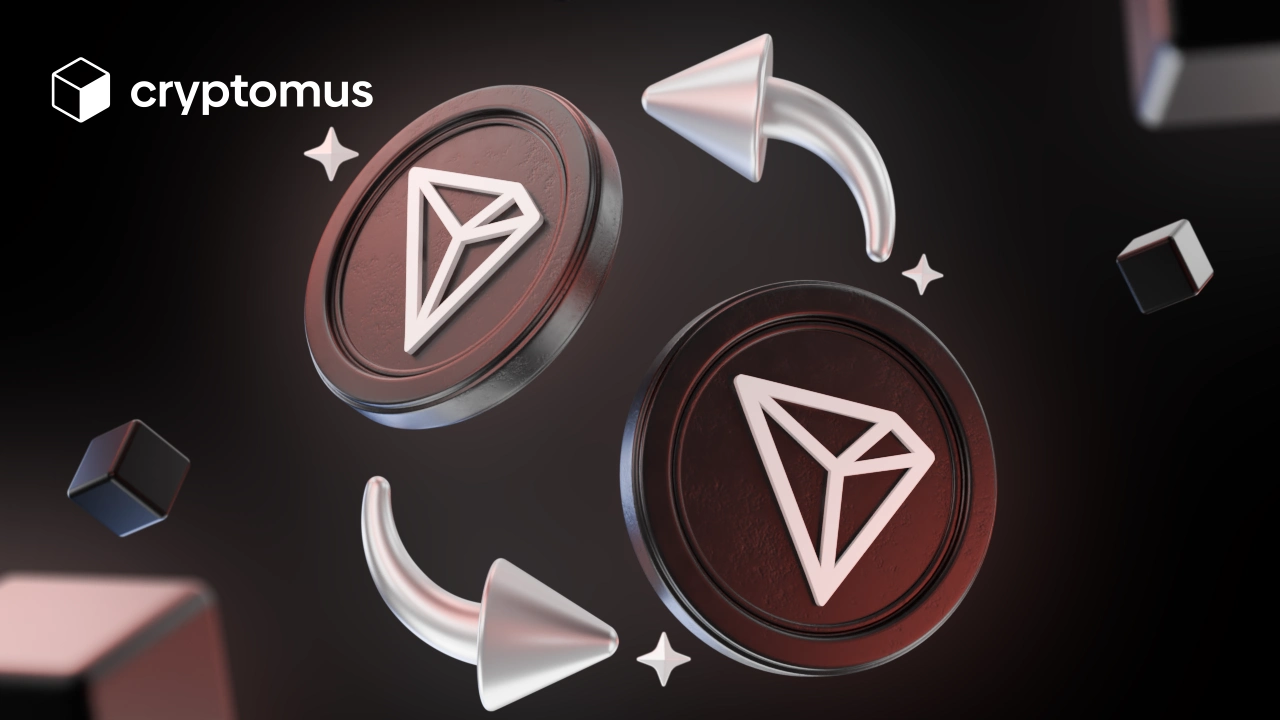
انتقال TRX چقدر طول میکشد؟
انتقال TRX معمولاً ۳ تا ۵ ثانیه طول میکشد، اما بسته به میزان شلوغی شبکه میتواند بیشتر طول بکشد. این سرعت بالای تراکنش به دلیل مکانیسم اجماع اثبات سهام واگذار شده (DPoS) ترون است که امکان تولید و اعتبارسنجی سریع بلوک را فراهم میکند. زمان تأیید سریع، ترون را برای برنامههای بلادرنگ، پرداختها و برنامههای غیرمتمرکز (dApps) بسیار مناسب میکند.
چگونه تراکنشهای TRX را بررسی کنیم؟
شما میتوانید وضعیت و جزئیات یک تراکنش ترون را با استفاده از سرویسهای ردیابی خاص مانند یک کاوشگر بلاکچین بررسی کنید. در اینجا یک راهنمای گام به گام در مورد نحوه بررسی تراکنش TRX آورده شده است:
-
شناسه تراکنش (هش) را دریافت کنید: پس از انجام تراکنش، یک شناسه تراکنش (TXID) یا هش از کیف پول یا پلتفرمی که انتقال را در آن آغاز کردهاید، دریافت خواهید کرد. اگر این گزینه را ندارید، میتوانید آن را در تاریخچه تراکنشهای کیف پول ترون خود پیدا کنید.
-
به صفحه اکسپلورر بروید: به انتخاب ارائه دهنده اکسپلورر توجه ویژهای داشته باشید، زیرا امنیت دادههای شما مستقیماً به آن بستگی دارد. کریپتوموس اکسپلورر میتواند انتخاب خوبی باشد، زیرا این صرافی از اقدامات امنیتی بالایی مانند 2FA و سیاست AML پیروی میکند. یک رابط کاربرپسند میتواند یک افزودنی خوب باشد زیرا پیمایش سایت را ساده میکند، که برای مبتدیان مفید خواهد بود.
-
شناسه تراکنش را وارد کنید: در نوار جستجو در صفحه اکسپلورر، هش مربوط به تراکنش را وارد کنید.
-
مشاهده جزئیات تراکنش: پس از وارد کردن هش، "Enter" را فشار دهید یا روی نماد جستجو کلیک کنید. جزئیات تراکنش، از جمله وضعیت تراکنش (تأیید شده یا در انتظار)، مبلغ منتقل شده، آدرس فرستنده و گیرنده، زمان تراکنش، تعداد تأییدها و کارمزد تراکنش را مشاهده خواهید کرد. در صورت تأیید تراکنش، وضعیت "موفق" نشان داده میشود.
چرا تراکنش شما در انتظار است؟
در انتظار بودن تراکنش اساساً زمانی رخ میدهد که یک تراکنش هنوز تأیید نشده باشد. یک تراکنش ترون ممکن است به دلایل مختلف در انتظار بماند. در اینجا رایجترین دلایل ذکر شده است:
- پهنای باند یا انرژی ناکافی: اگر حساب ترون شما پهنای باند یا انرژی کافی نداشته باشد، ممکن است تراکنش تا زمانی که منابع کافی در دسترس باشد یا کارمزدها پرداخت شود، در انتظار بماند.
اگر TRX مسدود شده کافی برای پوشش این منابع ندارید، ممکن است لازم باشد منتظر بمانید تا تخصیص روزانه شما دوباره پر شود یا کارمزد کمی TRX برای پردازش تراکنش پرداخت کنید.
- تراکم شبکه:
اگرچه TRX معمولاً حجم بالای تراکنشها را به راحتی مدیریت میکند، اما گاهی اوقات تراکم شبکه میتواند باعث تاخیر شود. در دورههای اوج، تأیید تراکنشها ممکن است بیشتر طول بکشد.
در چنین مواردی، تراکنشهای جدیدتر ممکن است بر اساس پهنای باند یا کارمزد موجود اولویتبندی شوند و باعث شوند برخی از تراکنشها برای مدت طولانیتری در حالت انتظار باقی بمانند.
- کارمزد تراکنش کم یا صفر:
اگر کارمزد کافی در تراکنش خود لحاظ نکرده باشید و شبکه شلوغ باشد، ممکن است تراکنش شما به تأخیر بیفتد زیرا ماینرها یا اعتبارسنجها تراکنشهای با کارمزد بالاتر را در اولویت قرار میدهند.
اگر فقط به تخصیص پهنای باند رایگان متکی هستید و تمام شده است، تراکنش تا زمانی که منابع بیشتری در دسترس باشد یا TRX بیشتری را برای پهنای باند مسدود نکنید، در حالت انتظار باقی میماند.
۴. مشکلات مربوط به پلتفرم یا کیف پول:
اگر از کیف پول یا صرافی شخص ثالث استفاده میکنید، تراکنش در حال انتظار ممکن است به دلیل مشکلی در خود پلتفرم باشد نه شبکه ترون. برخی از پلتفرمها در پردازش تراکنشها تأخیر داخلی دارند.
در چنین مواردی، بهتر است برای بررسی وضعیت تراکنش با پشتیبانی مشتری پلتفرم تماس بگیرید.
۵. پارامترهای تراکنش نامعتبر:
اگر مشکلی در پارامترهای تراکنش وجود داشته باشد (مانند آدرس گیرنده نادرست یا پارامترهای تعامل قرارداد)، ممکن است تراکنش ناموفق باشد یا برای مدت طولانی در حال انتظار باقی بماند.
در مجموع، تراکنشهای ترون تفاوت چندانی با سایر ارزهای دیجیتال ندارند و برخی ویژگیهای مشترک و برخی ویژگیهای منحصر به فرد دارند. امیدواریم مقاله ما تمام پاسخهایی را که به دنبالش بودید، پیدا کرده باشد. آیا پاسخ دیگری دارید؟ در قسمت نظرات به ما اطلاع دهید!
به مقاله امتیاز دهید
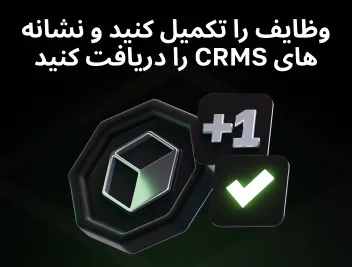
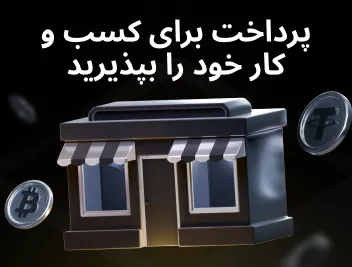
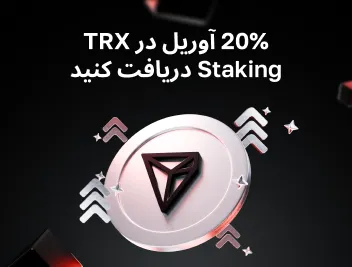
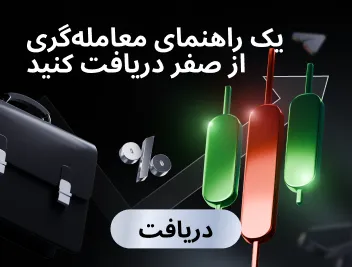

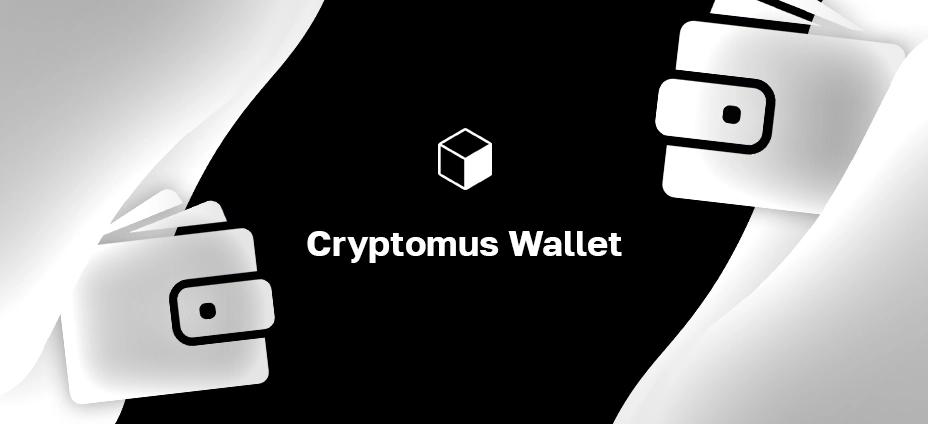


نظرات
0
برای ارسال نظر باید وارد سیستم شوید